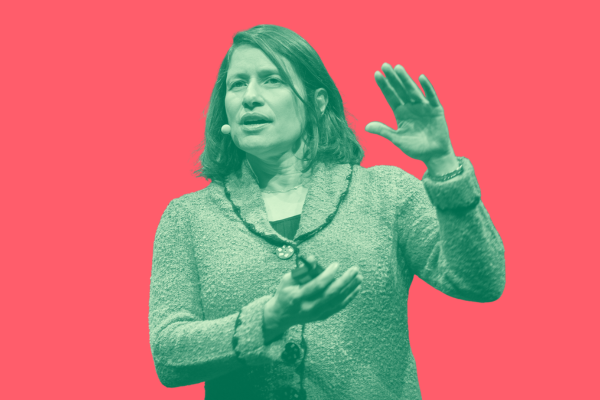Leadership is still often pictured as one person with all the answers, calm and in control. A steady figure at the front, offering direction and confidence.
However, that idea does not reflect how work really gets done anymore.
Leadership advisor Roselinde Torres draws on decades of experience observing leaders and organizations, concluding that most approaches to leadership development no longer match the way work actually happens.
She points to research from 4,000 companies, where more than half said they face serious gaps in leadership readiness. These findings come despite ongoing investments in assessments and training programs. The disconnect suggests that many common methods are not producing the leaders companies actually need.
What Effective Leaders Do Differently
After working with over 200 CEOs and advising across industries, Torres began to notice repeating problems.
- High-potential individuals failed in new roles.
- Senior teams were surprised by shifts they could have seen coming.
- Promising strategies fell apart because the leadership in place was not prepared.
She eventually left her own role to study leadership more closely. Over the course of a year, she spoke with leaders across the world and spent time reviewing historical examples of leadership under pressure. Her focus was on specific practices that helped people lead more effectively.
From this work, Torres identified three key questions that strong leaders tend to ask.
1. Where Are You Paying Attention?
Torres emphasizes that effective leaders take time to look ahead. They are intentional about where they focus their time and what they choose to learn.
Some leadership teams build regular habits around this idea.
They compare what each person is seeing in their part of the business and decide how to respond. These decisions often happen before the pressure becomes obvious.
“Great leaders are not head-down. They see around corners, shaping their future, not just reacting to it.”
2. Who Are You Listening To?
Most people build networks with others who think and work like they do. Torres believes this narrows perspective and limits learning. She highlights the importance of building relationships with people who have different experiences and roles.
These connections help leaders notice patterns they might otherwise miss.
They also offer more options when it comes to solving problems or finding support for a difficult decision.
“A more diverse network is a source of pattern identification at greater levels and also of solutions.”
3. What Are You Willing to Stop Doing?
According to Torres, some of the hardest decisions involve letting go of habits that worked well in the past. These habits can become obstacles, especially when the environment shifts.
But stopping something that once brought success often invites criticism.
Torres recalls one executive who said that real growth came from learning to keep going even when others dismissed his ideas. In these moments, support often comes from people outside the usual inner circle.
“The most impactful development comes when you are able to build the emotional stamina to withstand people telling you your new idea is naïve or reckless.”
A Different Kind of Preparation
Leadership today can no longer rely on outdated models or static skill sets.
What matters is where leaders focus, who they engage with, and how they respond when something needs to change.
Leaders who adapt and stay effective are building habits that help them see more clearly and act with more purpose.
Trusted insights for technology leaders
Our readers are CIOs, CTOs, and senior IT executives who rely on The National CIO Review for smart, curated takes on the trends shaping the enterprise, from GenAI to cybersecurity and beyond.
Subscribe to our 4x a week newsletter to keep up with the insights that matter.






